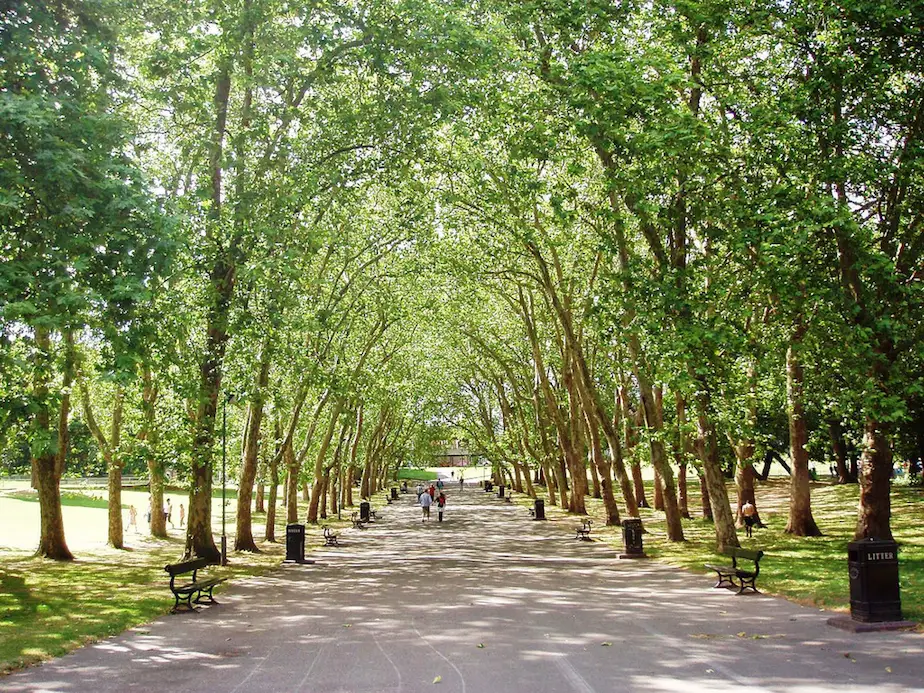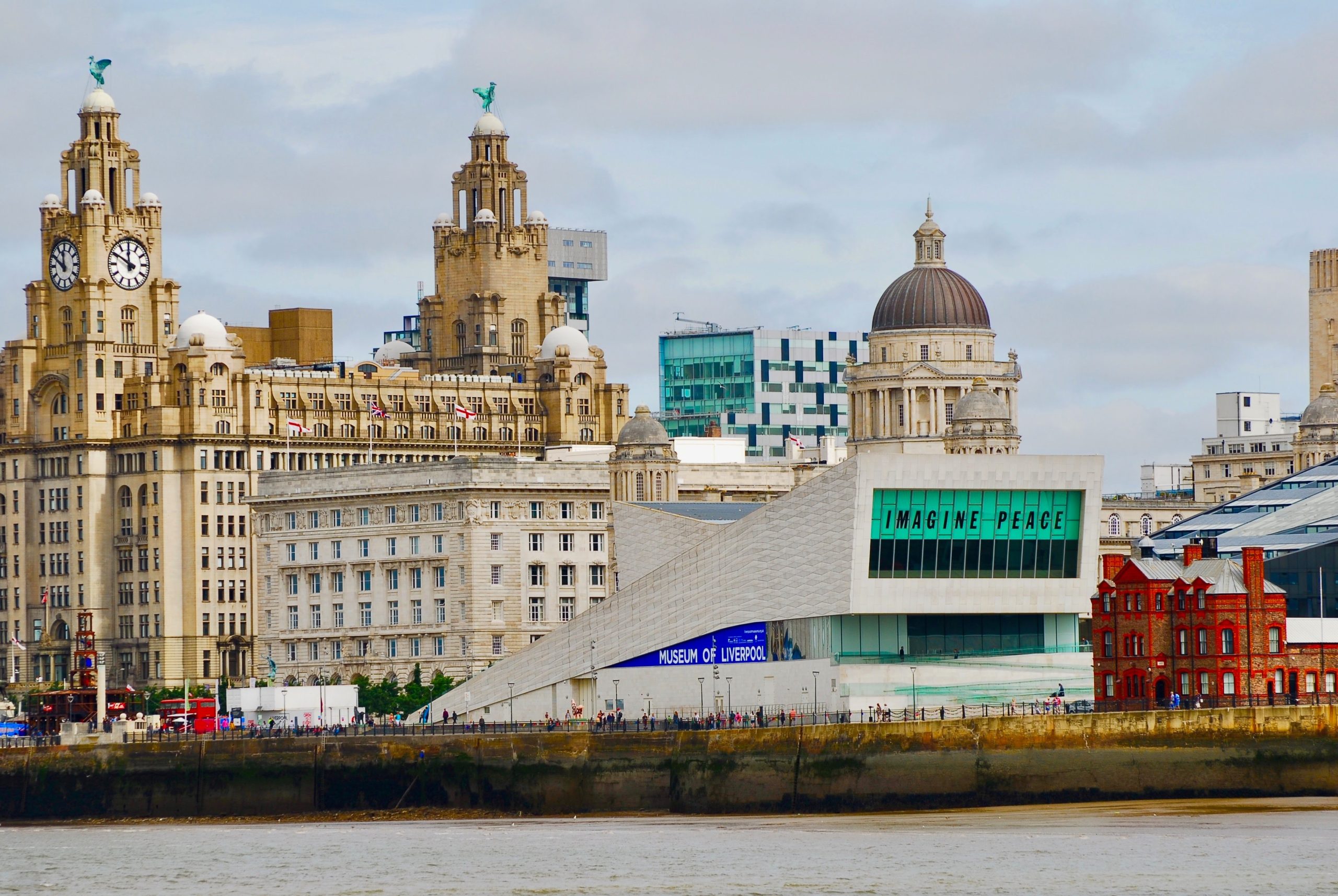Modern Sikkim: Understanding Regional Identity in the Face of Rapid Development
Gangtok is the capital city of Sikkim – a state in North East India that just a few decades ago was an independent kingdom. Sharing a border with Nepal, Bhutan and China and now part of the Republic of India, the culture of Sikkim is unique, but changing rapidly. Eager to start a conversation on the modern Sikkimese identity, Dipika Kohli launched Modern Sikkim – an “informal series of online and in-person conversations” that recently hosted a roundtable discussion in Gangtok.
We got the chance to put some questions to Dipika by email about the project, and her hopes for the region.
This Big City: During Modern Sikkim you asked participants to fill in the gaps by answering ‘Modern Sikkim is…’ Can you tell us, in your view, what Modern Sikkim is?
Dipika Kohli: When we talk about modernity, a lot of questions pop up, including, “What do you mean, exactly, by ‘modern’?” In conversations with people aged 12 to 90 in five weeks in Gangtok, we got to hear specifically about the changing identity of Sikkim, a state of India that less than forty years ago stood as its own kingdom. Now, questions about environmental cleanliness and also adhering to mandates from the central government poses new challenges. What Sikkim Tourism calls “green and clean” a lot of locals find to be mere lip service, and said so, but only behind closed doors. That’s the thing a lot of folks want to be able to do most: speak freely, without fear of corrupt governments responding to any individual voice to stray outside the lines. There’s worry that when the next earthquake hits (while I was in Gangtok we experienced a 5.0), buildings not made to modern code won’t be able to withstand the force.
Then there’s culture. People worry the younger folks won’t be able to speak Sikkimese. There’s a ton of pressure to keep up with the neighbors, and some link that to high suicide rates in this region of India, especially. But Sonam Tashi Gyaltsen, who studied and worked in other big cities of India before returning to start a design consultancy with friends in Gangtok, is optimistic. “Modern Sikkim is *now,*” he says. “Our actions today is going to define our future.”
What are your goals for Gangtok (and beyond)?
My hope for Gangtok is that it can sustain its charm, which is in its authenticity and rootedness in simply being what it is. I would hate for the place to get smoggy like Kathmandu, or for people to lose sight of the mountains or who they really are.
I’m told when someone dies, without question a whole community will come out to show respect, “bunking off work” in the process. But it’s a part of the place, this unspoken tradition. Bhutia, Lepcha, Nepali or something else, the people converge. Communal harmony, the mayor said, is what makes Sikkim beautiful.
As I write this, we are in Kathmandu. My partner at Orangutan Swing and I are looking to keep going to new cities and find ways to architect spaces for public dialogue on topics that will change, depending on what’s important to people who live there. More about this is at our site, Orangutan Swing.
What has surprised you most about your collaborative working methods? What are the advantages and disadvantages of working in this way?
When we met Sanom Tashi Gyaltsen of design consultancy Echostream – our collaborator on this project – the immediate feeling was that, yes, we could collaborate. He just got us, and we got him. I teared up when he said a long, loving goodbye to Kush, my five year-old son, at the jeep stand that would bring my family trio to the next city. This was right after he graced our necks with soft, silk white scarves. A Sikkimese tradition.
Advantages are that you can really get to know a different style, and method, and appreciate what other people have that you might not. Patience, for example! He could also help us coordinate with locals, by speaking Nepali and making calls to people he knew would help us tell others about the roundtable effort. That meant a better result.
Disadvantages? Maybe the fact that when it’s a team, you have a lot of different ideas at the start about how a thing is going to go. Expectation-setting is big. Defining a scope that’s doable is bigger.
Urban change can be rapid. What advice would you give to citizens looking to keep on top of their city’s evolution, and play an active part in shaping it?
Pay attention to what’s happening around you. Don’t just go with whatever shifts are happening because nobody’s complaining. This is what I learned from my six weeks in Gangtok. Honest conversations happen between close friends, some of whom have known one another since the time they could talk, and this, too, happens only in private places like homes and dark bars. For real dialogue, though, you want to hear a lot of perspectives. Making space to encourage and welcome that is the tough part for people in Sikkim. Finding other people who care about the same civic changes is a start. Small steps: that’s how to get there.
What next for Modern Sikkim?
Possibly a residency program in Gangtok, for people who are experts in sustainable design, engineering, and environmental science to come and share their real-world lessons with those who live here. It’s the start of something, but there are people who want to hear and learn. If you’re an interested professional looking for a chance to get to India for a while and share your knowledge with a ready group there, get in touch with me at dipika[at]orangutanswing[dot]com and I’ll connect you to the people in Sikkim.


